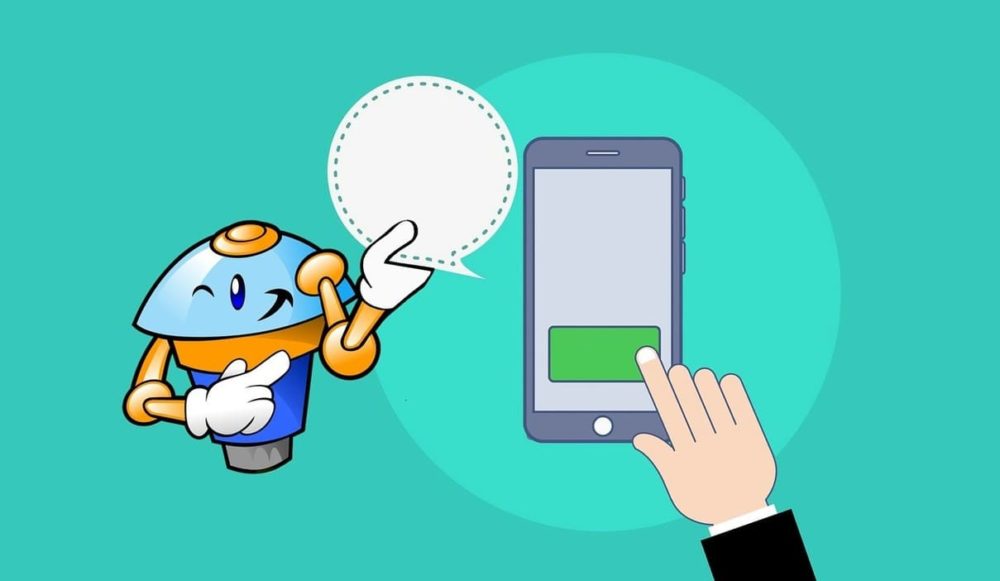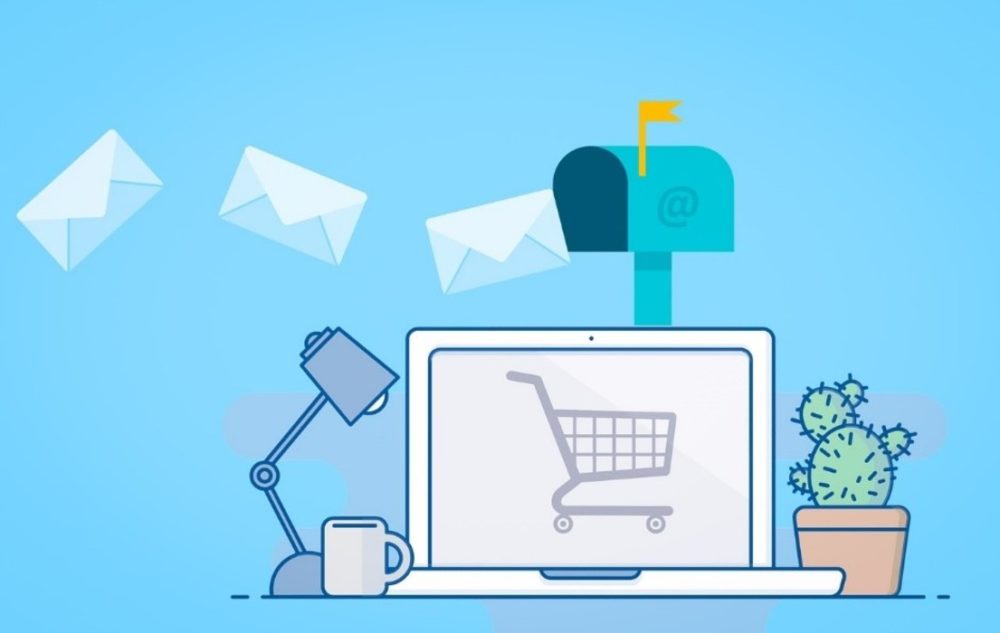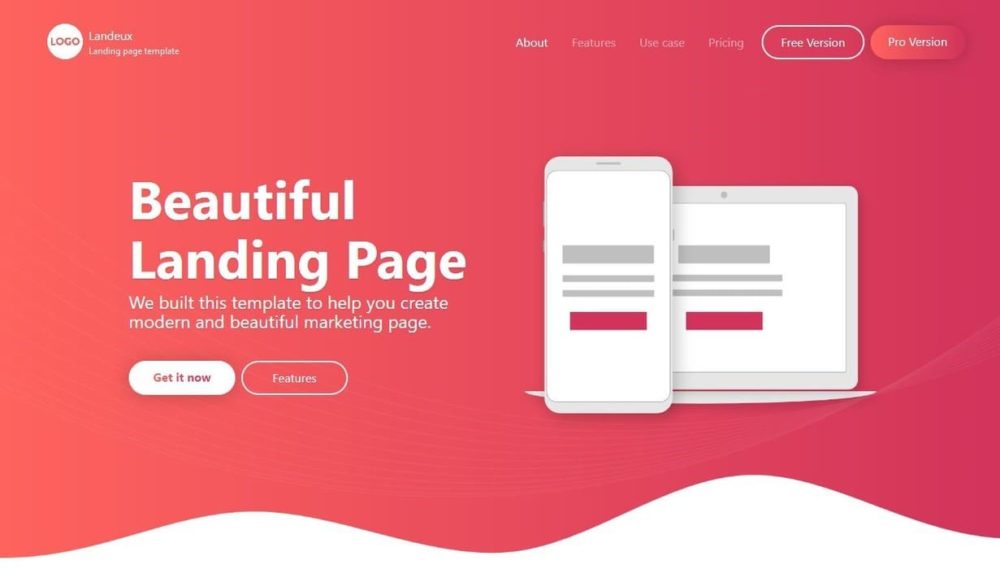Marketing is exceptional — it comprises both highly creative tasks and extremely repetitive ones. The latter demand pretty much no decision-making, no profound analysis; all they need is straightforward action.
Considering that we’re living in the age of Machine Learning, it’s safe to assume that automating the more repetitive tasks will provide businesses with greater results and employee satisfaction, while also eliminating human error from the process. The great part is that this approach can be used by organizations of all sizes, from small agencies and startups to large corporations.
In this article, we’ll take a look at the essentials of marketing automation. The ways your business can generate more leads while freeing up some of your time, allowing you to focus on tasks that demand your undivided attention. Let’s dive right in, shall we?
Considering that we’re living in the age of Machine Learning, it’s safe to assume that automating the more repetitive tasks will provide businesses with greater results and employee satisfaction, while also eliminating human error from the process. The great part is that this approach can be used by organizations of all sizes, from small agencies and startups to large corporations.
In this article, we’ll take a look at the essentials of marketing automation. The ways your business can generate more leads while freeing up some of your time, allowing you to focus on tasks that demand your undivided attention. Let’s dive right in, shall we?
Why automate?
Let’s start with some numbers. Based on a recent study published by Aberdeen Group, top-tier marketing specialists are over 65% more likely to automate their marketing processes to a certain extent. Furthermore, nearly 90% of top-tier organizations opt for automation as well.
The same study indicates that the above-mentioned top-tier marketing specialists will end up generating nearly 15% more marketing revenue.
Automation will also allow you to cover a broad spectrum of essential marketing channels and practices.
• Email marketing;
• Landing page personalization;
• Cross-channel marketing;
• Segmenting your customer base;
• Generating and nurturing leads;
• Cross-sell and up-sell;
• And many more.
By automating these processes, you’ll have more time to focus on the creative aspects of your marketing campaigns, target potential clientele across a variety of channels, increase revenue, and potentially reduce your staffing expenses.
The same study indicates that the above-mentioned top-tier marketing specialists will end up generating nearly 15% more marketing revenue.
Automation will also allow you to cover a broad spectrum of essential marketing channels and practices.
• Email marketing;
• Landing page personalization;
• Cross-channel marketing;
• Segmenting your customer base;
• Generating and nurturing leads;
• Cross-sell and up-sell;
• And many more.
By automating these processes, you’ll have more time to focus on the creative aspects of your marketing campaigns, target potential clientele across a variety of channels, increase revenue, and potentially reduce your staffing expenses.
Let’s focus on lead generation
When it comes to attracting new leads, there are many ways to automate this process. What you want to do is connecting the dots between marketing automation & lead generation so you can make more sales. They are all of varying complexity, with varying numbers of moving parts. Lead generation is closely related to lead nurturing which represents a second step in maintaining positive relations with already generated leads. According to Tech Jury, marketing automation can bring a 451% increase in generating relevant leads; however, 65% of marketers do not nurture leads once they are generated. This can make your brand look less consumer-friendly and more oriented toward the bottom line. With that in mind, here are a few surefire ways of automating lead generation:
#1 Chatbots
One of the most reputable reports on chatbot technology indicates that not only businesses are passionate about chatbots as marketing, customer service, and lead generation solution; the customers themselves find it appealing too. And there’s no secret behind it. Well, these little “robots” are excellent at removing friction from a customer-to-business interaction.
At the same time, businesses that use chatbots will see an increased lead flow, greater customer engagement, and revenue growth. There’s no doubt that they'll eventually become somewhat of a staple of lead generation.
Chatbots, which rely on machine-learning AI, can collect first-party data that ranges from their names and contacts to more profound and important data on their psychosocial characteristics. This information is incredibly useful, especially when it comes to personalization, along with marketing persona development and calibration.
Chatbots will alleviate the need to hire a real person on a repetitive job, who would have to be available around the clock, seven days a week, to provide information and collect it from potential customers.
At the same time, businesses that use chatbots will see an increased lead flow, greater customer engagement, and revenue growth. There’s no doubt that they'll eventually become somewhat of a staple of lead generation.
Chatbots, which rely on machine-learning AI, can collect first-party data that ranges from their names and contacts to more profound and important data on their psychosocial characteristics. This information is incredibly useful, especially when it comes to personalization, along with marketing persona development and calibration.
Chatbots will alleviate the need to hire a real person on a repetitive job, who would have to be available around the clock, seven days a week, to provide information and collect it from potential customers.

#2 Email Marketing
There aren’t many marketing channels that have been around and remained relevant for such a long time. It’ll soon be a quarter-century old, and it’s still among the most popular ways of reaching out to your customers, whether they’re people or people within organizations.
Obviously, email marketing can only be partly automated, because, at some point, you’ll have to interact with your potential customers personally.
It’s essential to underline that there are two types of emails you can automate:
• Event-based emails
• Drip-feed content
• Abandoned carts (signaling that they’ve forgotten to complete a purchase on your site);
• Refer-a-fried (initiating the customer into the rewards they can earn from referring a person to your services);
• Milestones (a certain number of purchases made, etc…)
The reason drip-feeds are very efficient is that they provide potential customers with actual value. Here’s a common example — let’s say you have a fitness-oriented website. You’re offering your readership to subscribe to your ketogenic diet newsletter.
As the readers sign up, can provide them with valuable content once in a few days. Most of the emails will be able to contain a call-to-action to purchase your products or services. Familiarity is an essential component of sales. A person is significantly more likely to purchase a product from a brand that they’ve been exposed to multiple times — it’s a famous cognitive bias called the mere-exposure effect.
Autoresponders will help you automate your emails while keeping your emails personalized so you can actually build rapport with your audience and subscribers. As a result, you’ll be able to provide your readers with valuable content, thus establishing a strong reputation and thought-leadership in your niche or industry, along with converting readers to customers in an automated manner.
Email marketing has huge potential but to maximize its power, collaborating with a marketing automation specialist will help you get the most bang for your buck.
Obviously, email marketing can only be partly automated, because, at some point, you’ll have to interact with your potential customers personally.
It’s essential to underline that there are two types of emails you can automate:
• Event-based emails
• Drip-feed content
Trigger emails
Events-based emails are the ones that you’ll be sending out on holidays, special niche events, but not only. There are also special events that happen within your customers’ interaction with your service or product, and it’s gradually become an industry-standard to follow those events with an email as a sign of confirmation but to also deliver some useful information along with it. Here are a few examples of such events:• Abandoned carts (signaling that they’ve forgotten to complete a purchase on your site);
• Refer-a-fried (initiating the customer into the rewards they can earn from referring a person to your services);
• Milestones (a certain number of purchases made, etc…)
Drip feeds
This particular type of automation is essential in transforming a subscriber into an actual lead. Drip-feeds are designed to send a pre-programmed sequence of emails within a specific timeframe.The reason drip-feeds are very efficient is that they provide potential customers with actual value. Here’s a common example — let’s say you have a fitness-oriented website. You’re offering your readership to subscribe to your ketogenic diet newsletter.
As the readers sign up, can provide them with valuable content once in a few days. Most of the emails will be able to contain a call-to-action to purchase your products or services. Familiarity is an essential component of sales. A person is significantly more likely to purchase a product from a brand that they’ve been exposed to multiple times — it’s a famous cognitive bias called the mere-exposure effect.
Autoresponders will help you automate your emails while keeping your emails personalized so you can actually build rapport with your audience and subscribers. As a result, you’ll be able to provide your readers with valuable content, thus establishing a strong reputation and thought-leadership in your niche or industry, along with converting readers to customers in an automated manner.
Email marketing has huge potential but to maximize its power, collaborating with a marketing automation specialist will help you get the most bang for your buck.

#3 Dynamic content
A report published by Demand Gen Report indicates that nearly 50% of customers will interact with 3-5 pieces of content before they reach out to the sales department of a company. More importantly, over 95% of B2B customers are interested in seeing more thoughtful and high-impact content from industry though-leaders.
These two statistics alone indicate that how important well-produced content is. Content that will engage your potential customers and will enable them to share it with their peers. The question is — how can you create a content strategy that will engage as many people as possible?
Dynamic and personalized web content is an incredibly useful and highly efficient way of stimulating your readers to become your customers. It’s called dynamic because it’s personalized for the person reading it. There are now many platforms that allow you to do it fairly easily.
Typically, businesses will set up a variety of personalized landing pages (which we’ll touch on briefly), and their potential customers will be redirected to the most suitable one, defined by a variety of factors. Dynamic content follows the same principle; it displays the most suitable iterations of a piece of content, depending on the user that’s accessing it.
There’s a wide array of factors that can determine the iteration of the content they’re presented with — their location, their browsing history (collected from third-party cookies), and so forth. This can boost the conversion rate of these pages and will save you the hassle of building several pages for A/B testing.
A study published by Gartner indicates that personalization engines allow organizations to bump their profits by a staggering 15%.
These two statistics alone indicate that how important well-produced content is. Content that will engage your potential customers and will enable them to share it with their peers. The question is — how can you create a content strategy that will engage as many people as possible?
Dynamic and personalized web content is an incredibly useful and highly efficient way of stimulating your readers to become your customers. It’s called dynamic because it’s personalized for the person reading it. There are now many platforms that allow you to do it fairly easily.
Typically, businesses will set up a variety of personalized landing pages (which we’ll touch on briefly), and their potential customers will be redirected to the most suitable one, defined by a variety of factors. Dynamic content follows the same principle; it displays the most suitable iterations of a piece of content, depending on the user that’s accessing it.
There’s a wide array of factors that can determine the iteration of the content they’re presented with — their location, their browsing history (collected from third-party cookies), and so forth. This can boost the conversion rate of these pages and will save you the hassle of building several pages for A/B testing.
A study published by Gartner indicates that personalization engines allow organizations to bump their profits by a staggering 15%.
#4 Dynamic landing pages
Similar to dynamic content, dynamic landing pages are an excellent way of generating leads at a much greater rate. Furthermore, this process can also be automated.
When programmed correctly, your dynamic landing pages will show different messages, website designs, and even calls-to-action to various users, based on a set of factors, like their location, age, occupation, and so forth.
Personalized landing pages can be programmed for organic search, but they’re predominantly used for PPC campaigns, where the spectrum of variables is smaller; thus, the precision of the campaigns is greater.
For instance, if you’re running a PPC campaign for “fitness supplements," – you could potentially program a dynamic landing page to modify based on the person’s location — for instance, “the best fitness supplements in Essex."
When programmed correctly, your dynamic landing pages will show different messages, website designs, and even calls-to-action to various users, based on a set of factors, like their location, age, occupation, and so forth.
Personalized landing pages can be programmed for organic search, but they’re predominantly used for PPC campaigns, where the spectrum of variables is smaller; thus, the precision of the campaigns is greater.
For instance, if you’re running a PPC campaign for “fitness supplements," – you could potentially program a dynamic landing page to modify based on the person’s location — for instance, “the best fitness supplements in Essex."

#5 Evergreen content in exchange for data
Probably the most widespread and least technical automation approach is generating highly valuable content, which you’ll be offering for free. Well, almost. Many businesses will provide free content in exchange for the user’s first-party data, thus turning them into a lead.
Evergreen content like long reports and webinars are an excellent instrument for attracting new leads. According to the Big Book of Webinar Stats, 73% of marketing specialists support the idea that webinars are a surefire method of generating new leads. Other organizations like Forrester and Gartner will provide free research and reports that typically cost a few hundred or thousand US dollars in exchange for your first and last name as well as email address and other data.
If you can create evergreen and highly relevant content that your potential customers will find valuable, this can be a very powerful automatic lead-generation tool that demands little-to-no maintenance.
Evergreen content like long reports and webinars are an excellent instrument for attracting new leads. According to the Big Book of Webinar Stats, 73% of marketing specialists support the idea that webinars are a surefire method of generating new leads. Other organizations like Forrester and Gartner will provide free research and reports that typically cost a few hundred or thousand US dollars in exchange for your first and last name as well as email address and other data.
If you can create evergreen and highly relevant content that your potential customers will find valuable, this can be a very powerful automatic lead-generation tool that demands little-to-no maintenance.
Final Thoughts about Lead Generation Automation Strategy via these Marketing Automation Tactics
Businesses should focus on making their lead generation process more efficient, and technology allows us even to make it self-sufficient.Marketing automation is an impressive tool that can skyrocket your lead generation. With all said and done, we’d like to hear about your experiences and thoughts on marketing automation and lead generation as a concept. Let us know what you think in the comments section below!
Growth Hackers is an award-winning remarketing agency. We work closely with our clients to come up with a foolproof growth plan for them. Not only, we create a strategy for them, we also execute it. There are many services we offer but we don't have pre-prepared packages. Indeed, we create custom growth plans depending on our clients' market, products, competitors, growth goals and budget.
Our goal is to make our clients succeed. If they succeed, we succeed. What we focus on is brand awareness, lead generation and sales. We'll use marketing automation tactics, digital marketing strategies, growth hacking processes and more in order to automate their lead generation strategy. If you want your business, to grow, strive and succeed, you just need to contact Growth Hackers: you're 1 email away from success.





2 Comments
I have to say that you guys are doing really good with job. I notice you on social media many times but I haven’t checked your website to find more details about your services and how you can drive leads to businesses. I want to open a clothing boutique besides my blog and I’m terrified to fail with sales. I will definitely get in touch when my store is live and ready.
Hi,
This blog seems to be very interesting, I understood about lead generation strategy. I got good knowledge from this blog. Appreciate your work. It was actually the easiest lead generation guides I have ever read. Thank you so much for the useful recommendations.
Regards,